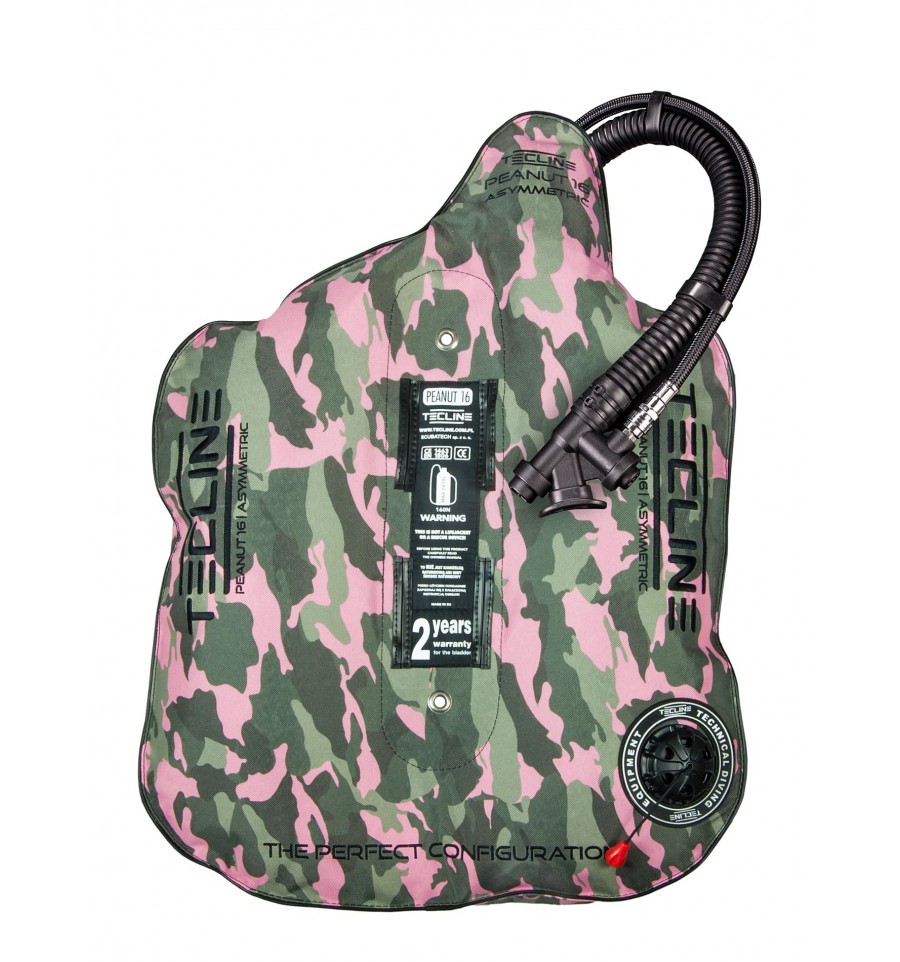MidOH
Banned
You wont need padding. Thats your wetsuits job.
Welcome to ScubaBoard, the world's largest scuba diving community. Registration is not required to read the forums, but we encourage you to join. Joining has its benefits and enables you to participate in the discussions.
Benefits of registering include
I came across Tecline (no "h") when I was looking for European BP/W manufacturers other than OMS and Xdeep, but I didn't want to mention a company I had no familiarity with.
They make a conventional doughnut wing, but also have an interesting wing that sits lower on the plate except for a bit that comes up so the inflator is in the conventional location. Also comes in several color options.

The website is Scuba Diving Equipment | TecLine
I got the HOG BPW harness and wing that came with shoulder padding. I guess if you plan to do long hikes into a shore diving site they might be helpful. I took mine off and don't need them.Any arguments against shoulder strap padding?
If the wing comes with stabilization bars (I think the majority do) you don't need an STA. If one is diving in cold water and need the extra weight they have a use. If you are flying to a warm water destination even occasionally why would anyone buy a single wing without stabilization bars so one could avoid using an STA?A backplate, harness and wing is a lot more simple than a jacket BC. For a single-tank, you need a "single tank adapter" which bolts to the tank and backplate.
Lots of very useful comments and feedback! Thanks all! I'll have to let it sink in, and indeed, test different products before making the final choice. I'd indeed go for a real BP/W instead of a back-inflate BC jacket-style. I currently tend to look more into Tecline and XDEEP.
As to lift capacity, taking into account the cold to moderate Belgian temperatures (mostly) and 7 + 3 mm wetsuit, I'd suppose lift capacity of around 30–35 lbs should suffice with a steel backplate?
Any arguments against shoulder strap padding? I was wondering whether this extra bit of comfort for bare-skin pool trainings is worth the extra fuss; does it interfere with other specifications, performance ...? I've only used BP/Ws with no backplate padding, but don't find that part too uncomfortable, it really doesn't bother me, even on bare skin, but shoulder strap padding would be nice in those circumstances. If, and only if, this does not interfere with its ease of use etc. in open waters with wetsuit.
STAs (single tank adapters) are a small piece of metal where the cam-band straps go through. They're bolted to the backplate with the wing in between. They are simple, work well and not at all heavy.If the wing comes with stabilization bars (I think the majority do) you don't need an STA. If one is diving in cold water and need the extra weight they have a use. If you are flying to a warm water destination even occasionally why would anyone buy a single wing without stabilization bars so one could avoid using an STA?
I don't fly to a warm water destination with lead weights in my baggage. Why would one want to travel with a weighty STA?
With just a brief internet search it looks like nonweighted STAs weigh around 2.2 pounds and then there are weighted STAs that weigh 5 pounds or more.STAs (single tank adapters) are a small piece of metal where the cam-band straps go through. They're bolted to the backplate with the wing in between. They are simple, work well and not at all heavy.
Most STA’s come in under 1 lb and they are also available in aluminum. I like an STA, it makes loading tanks eas(y) (ier) and with some wings/backplates it’s the only option.With just a brief internet search it looks like nonweighted STAs weigh around 2.2 pounds and then there are weighted STAs that weigh 5 pounds or more.
If you are strictly using the BPW for cold water and need the weight or are switching from a single wing to a doubles wing occasionally they make sense.
My contention is that 90% of divers do not fall into either of these categories.
For this 90% of divers buying a wing without stabilization bars makes no sense.
